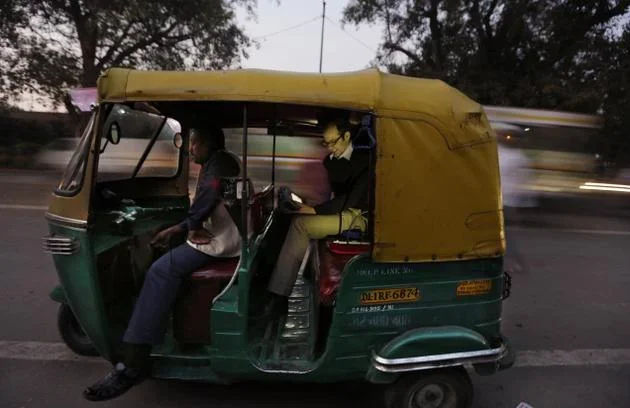prasad1
Active member
The autorickshaw lurched through New Delhi’s commuter-clogged streets with a scientist and several air pollution monitors in the back seat. Car horns blared. A scrappy scooter buzzed by belching black smoke from its tailpipe. One of the monitors spiked.
Joshua Apte has alarming findings for anyone who spends time on or near the roads in this city of 25 million. The numbers are far worse than the ones that have already led the World Health Organisation to rank New Delhi as the world’s most polluted city.
Average pollution levels, depending on the pollutant, were 50 per cent to eight times higher on the road than urban background readings, including official ambient air pollution measures, according to research by Mr. Apte and his partners at the University of California, Berkeley, and the Indian Institute of Technology Delhi.
“And you have to keep in mind that the concentrations at urban background sites, where these official monitors are, are already very high,” he said. The measures “are actually some of the highest levels in air pollution made inside vehicles anywhere in the world”.
The point is particularly important for New Delhi residents, about half of whom live within 300 metres of a major road. New Delhi, like most cities, places their air monitors far from primary pollution sources like highways or industrial plants so that no single source can affect ambient readings, which are meant to represent an average pollution exposure from all sources.
“Official air quality monitors tend to be located away from roads, on top of buildings, and that’s not where most people spend most of their time,” Mr. Apte said as The Associated Press joined him on a pollution-monitoring ride-along. “In fact, most people spend a lot of time in traffic in India. Sometimes one, two, three hours a day.”
Outdoor air pollution kills millions worldwide every year, according to WHO, including more than 627,000 in India. One of the biggest culprits in India is vehicular traffic — car ownership in the country of 1.2 billion grew from 20 million in 1991 to 140 million in 2011, and is expected to reach 400 million by 2030.
Prime Minister Narendra Modi has taken steps to cut down the popularity of cars running on diesel, one of the dirtiest burning fuels, by pegging its cost to world market prices and scrapping a discount that had encouraged diesel consumption.
But experts say that, unless India raises fuel standards to international norms, pollution levels that are already often deemed unhealthy or hazardous will escalate. Unchecked, today’s vehicle trends in India could lead to a three-fold increase in levels of PM 2.5 by 2030 the tiny particulate matter believed to cause the most damage to human health according to a study this month by The Energy and Resources Institute in New Delhi, University of California, San Diego and the California Air Resources Board.
Still, few Indian cities have air quality monitors. New Delhi officially has 11, though experts say the readings can be erratic and the reporting opaque. The city reports several key pollutants and this month launched an air quality index, boiling down the ambient readings to a single daily number indicating whether the air is healthy, poor, harmful or hazardous.
Exposing Delhi?s air pollution, from the back of an autorickshaw - The Hindu

